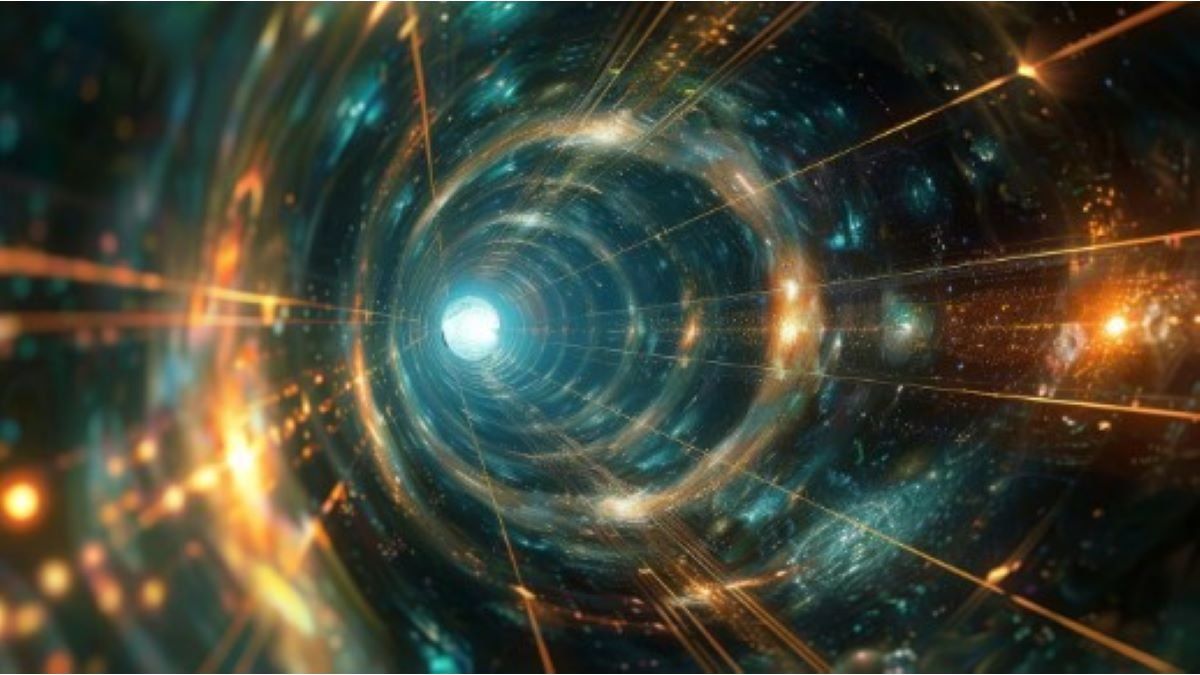Researchers of the Max Planck Institute for Extraterrestrial Physics were responsible for this finding, achieved thanks to the analysis of data provided by the eROSITA telescope. This advance is unique in the history of space exploration.
The information obtained allowed astronomers to build a three-dimensional map of the Local Hot Bubble, a region of hot, low-density gas surrounding our solar system. On that map, scientists identified a hitherto unexplored structure that connects our bubble with another distant region in the Centauri bubble, home to the closest star to the Sun: Proxima Centauri.
centaur.jpg
They discovered an interstellar tunnel that connects the solar system with the constellation Centaurus.
Courtesy AdobeStock
Studies show that there are temperature differences throughout the tunnel. According to experts, this structure runs through a strip of colder gas, suggesting that it could be part of a larger network of similar tunnels within our Milky Way galaxy.
The Local Hot Bubble: the environment of our solar system
Our solar system is located in a region known as the Local Hot Bubble (LCB)which extends about 1,000 light years and is composed of hot gas at almost a million degrees Kelvin. Although this gas emits mainly soft X-rays, its low density prevents it from considerably affecting the celestial bodies that are within this bubble.
It is estimated that the BCL was formed some 14 million years, probably due to supernova explosions that released enough energy to heat interstellar space.
Implications of the discovery
He eROSITA X-ray telescopedeveloped by the Max Planck Institute, is a cutting-edge tool intended for the X-ray observation of the universe. Was launched into space on July 13, 2019 aboard the Spektr-RG satellite and is designed to map the sky in X-rays, offering a new perspective on energetic phenomena in the cosmos.
The detection of this interstellar tunnel suggests the existence of a more complex network of structures within interstellar space, possibly generated by events such as supernova explosions. This discovery could transform our understanding of how gas and matter is organized in the Milky Way.
In addition, it raises fascinating questions about the structure of space-time and the connections between different star systems. Although it is not yet fully understood how these areas interact, The discovery of the tunnel offers a new window to investigate these mysterious connections.
It is not possible to travel through the tunnel
Despite the interest aroused by the idea of an interstellar tunnel that could function as a “shortcut” in space, The discovery does not imply that we can use it to travel to other stars. Although this finding opens new avenues for exploring the structure of the universe, it does not mean that we have a direct travel corridor to other galactic regions.
Source: Ambito




